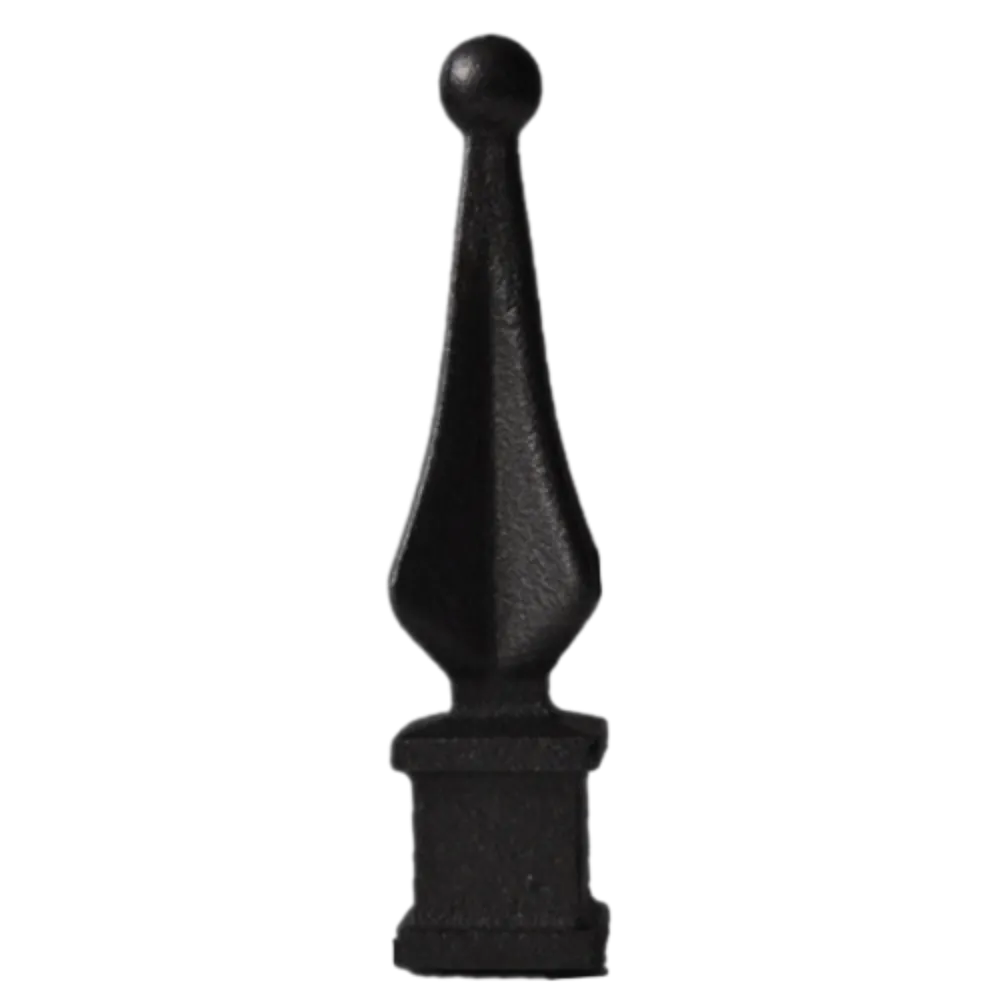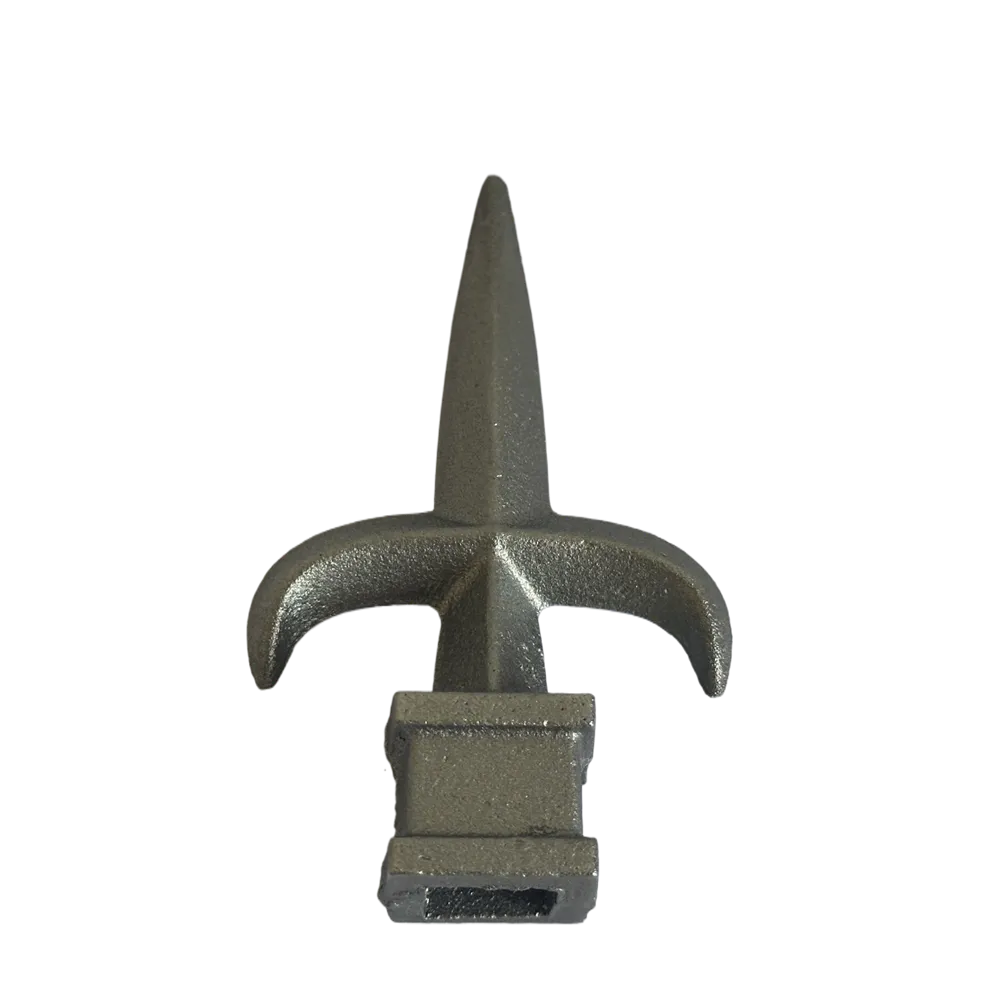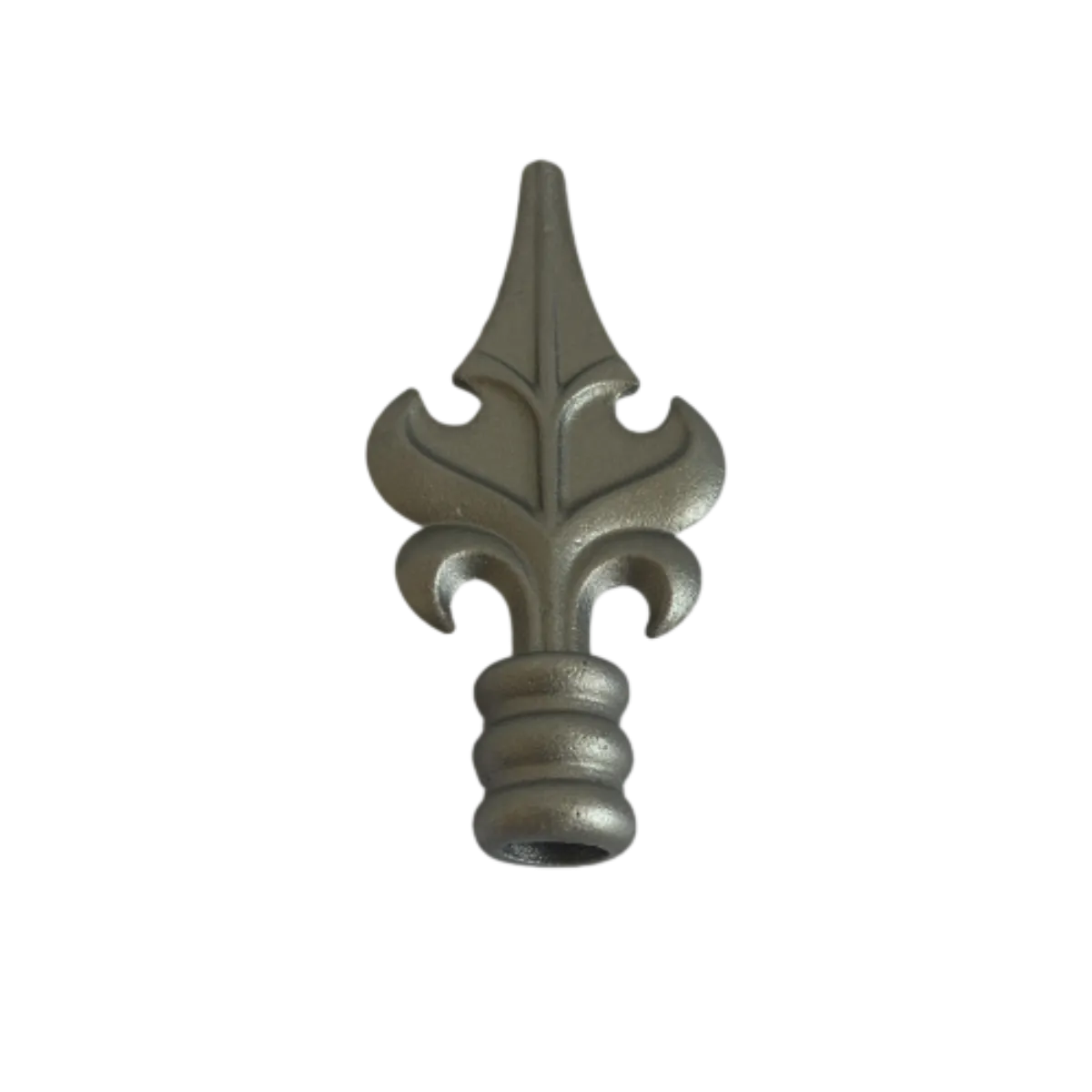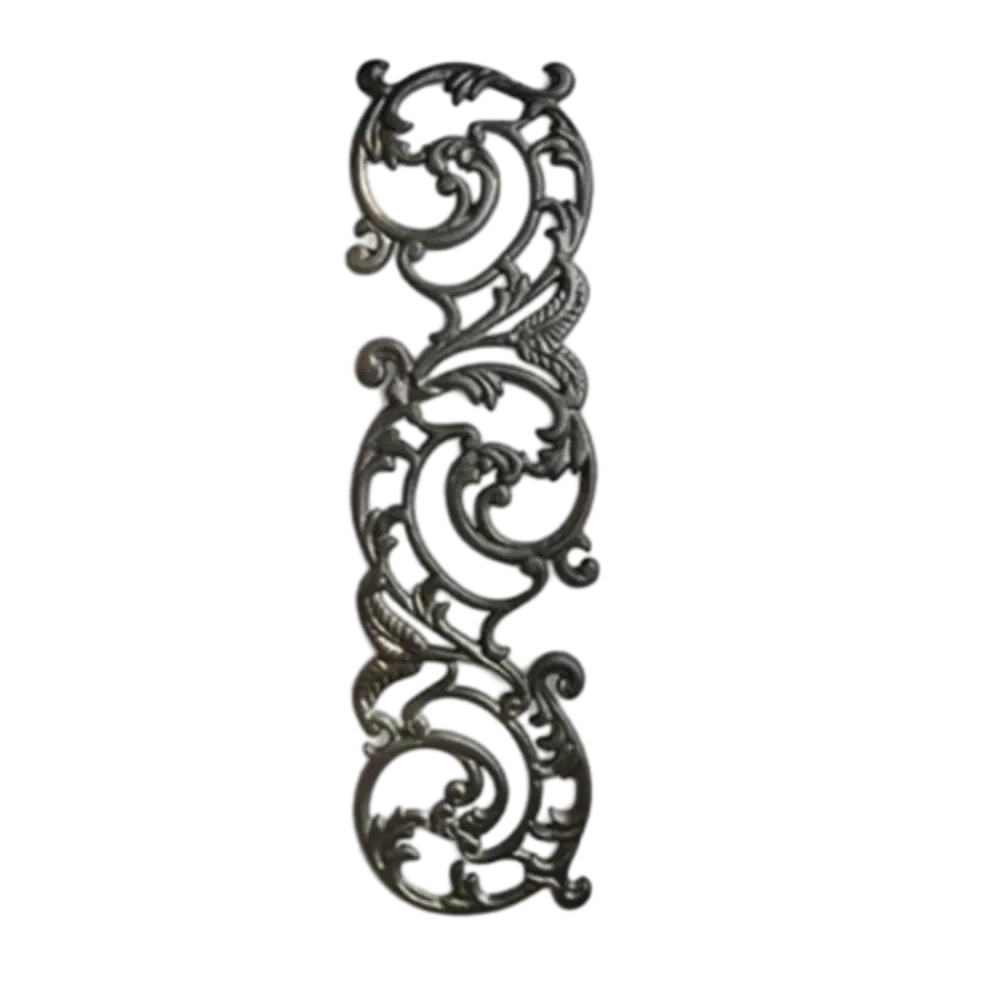cast iron castings
Cast Iron Castings A Timeless Tradition in Metalworking
Cast iron is a remarkable material that has stood the test of time in the world of manufacturing, particularly in the field of castings. Known for its excellent castability, durability, and versatility, cast iron has played a crucial role in a wide range of applications, from cookware to architectural structures.
At its core, cast iron is an alloy of iron, carbon, and silicon. The percentage of carbon in cast iron typically ranges from 2% to 4%, which is significantly higher than in steel. This higher carbon content is what gives cast iron its unique properties. When melted and poured into molds, cast iron can take on complex shapes, making it an ideal choice for creating intricate designs and components.
One of the most significant advantages of cast iron castings is their excellent wear resistance. This makes them particularly suitable for applications requiring high durability, such as engine blocks, pipes, and heavy machinery components. Additionally, cast iron has good vibration-damping qualities, which is why it's often used in the manufacturing of machine bases and tools that require stability during operation.
cast iron castings

There are several types of cast iron, each with its own characteristics. The most common types include gray iron, ductile iron, white iron, and malleable iron. Gray iron is the most widely used type due to its machinability and good castability; it contains graphite flakes that provide excellent thermal conductivity. Ductile iron, on the other hand, has improved tensile strength and ductility, making it suitable for more demanding applications. White iron is known for its hardness and wear resistance but is more brittle, while malleable iron is created through a heat treatment process that enhances its ductility and machinability.
The process of creating cast iron castings involves several steps. First, the raw materials are melted in a furnace, typically at temperatures exceeding 1,200 degrees Celsius. Once the iron is in liquid form, it is poured into molds made from sand, metal, or other materials. The metal then solidifies as it cools, taking the shape of the mold. After cooling, the castings are cleaned, and any necessary machining is performed to achieve the desired finish and specifications.
Despite the advent of modern manufacturing technologies, the demand for cast iron castings remains strong. Industries such as automotive, construction, and plumbing continue to rely on cast iron for its unmatched combination of strength, durability, and versatility. Furthermore, the sustainability aspect of cast iron is noteworthy; it can be recycled and reused, reducing waste and energy consumption in the production process.
In conclusion, cast iron castings exemplify a rich tradition in metalworking that combines artistry with engineering. As industries evolve, the fundamental properties of cast iron ensure its continued relevance, making it a material that not only meets the demands of today but also honors its historical significance in manufacturing. Whether in the form of a sturdy engine block or an elegant piece of cookware, cast iron castings are a testament to the enduring legacy of this remarkable alloy.
-
Wrought Iron Components: Timeless Elegance and Structural StrengthNewsJul.28,2025
-
Window Hardware Essentials: Rollers, Handles, and Locking SolutionsNewsJul.28,2025
-
Small Agricultural Processing Machines: Corn Threshers, Cassava Chippers, Grain Peelers & Chaff CuttersNewsJul.28,2025
-
Sliding Rollers: Smooth, Silent, and Built to LastNewsJul.28,2025
-
Cast Iron Stoves: Timeless Heating with Modern EfficiencyNewsJul.28,2025
-
Cast Iron Pipe and Fitting: Durable, Fire-Resistant Solutions for Plumbing and DrainageNewsJul.28,2025
-
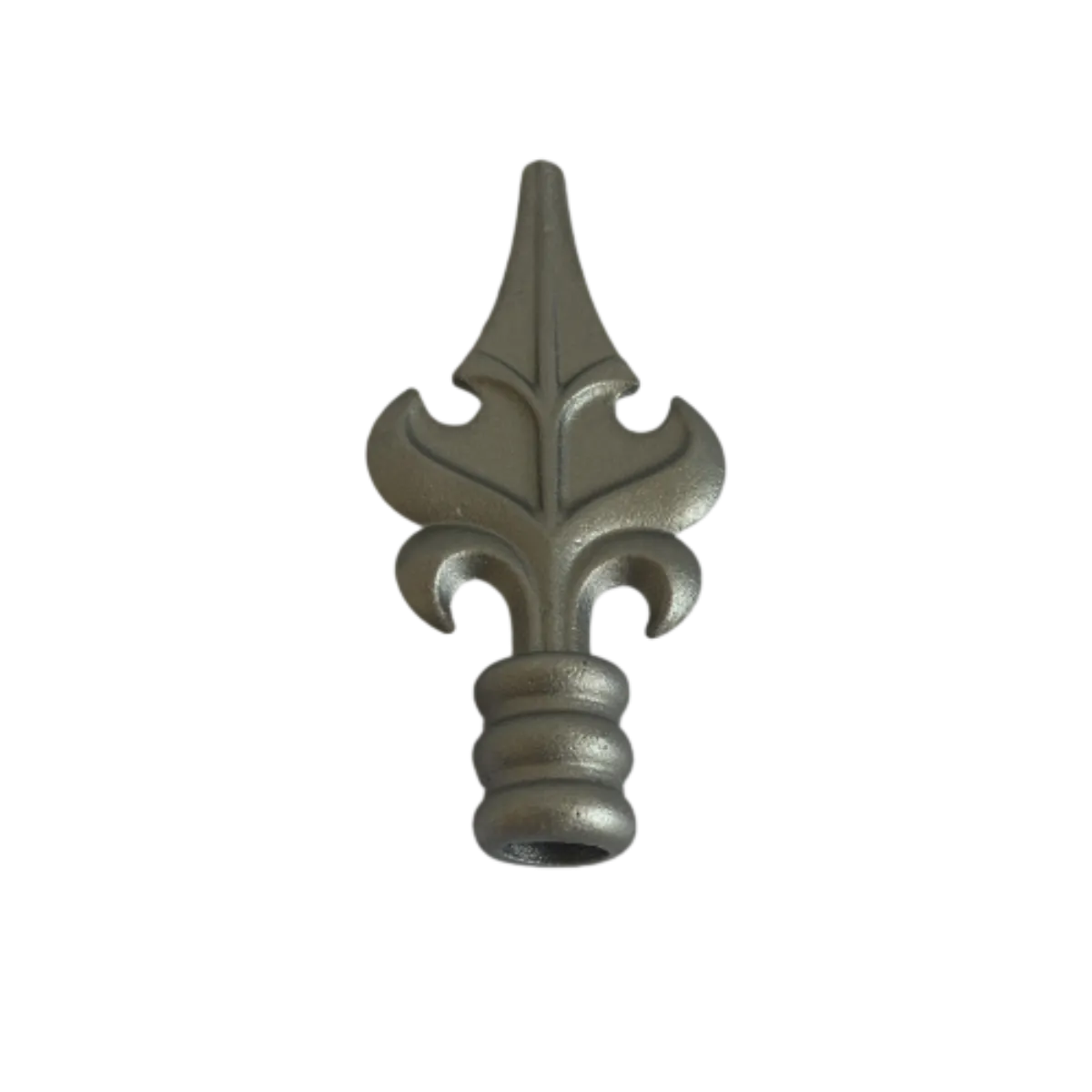 Wrought Iron Components: Timeless Elegance and Structural StrengthJul-28-2025Wrought Iron Components: Timeless Elegance and Structural Strength
Wrought Iron Components: Timeless Elegance and Structural StrengthJul-28-2025Wrought Iron Components: Timeless Elegance and Structural Strength -
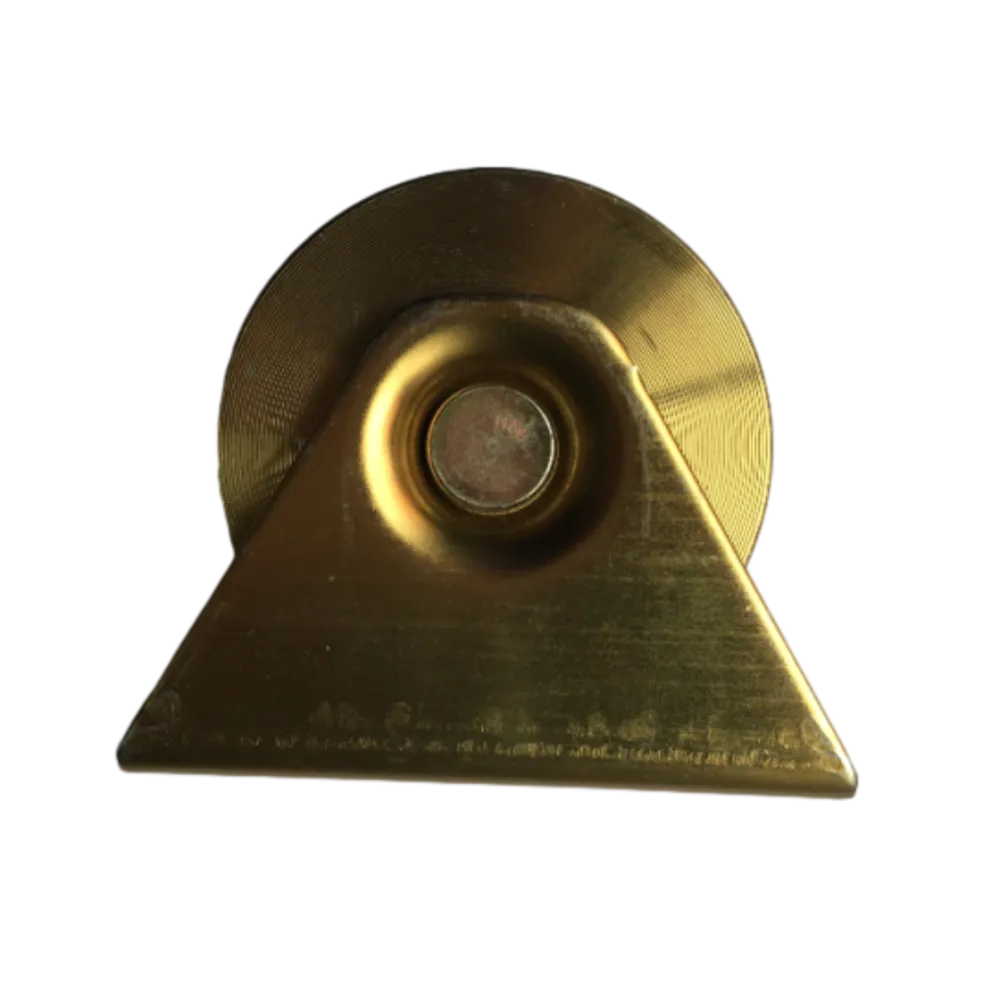 Window Hardware Essentials: Rollers, Handles, and Locking SolutionsJul-28-2025Window Hardware Essentials: Rollers, Handles, and Locking Solutions
Window Hardware Essentials: Rollers, Handles, and Locking SolutionsJul-28-2025Window Hardware Essentials: Rollers, Handles, and Locking Solutions -
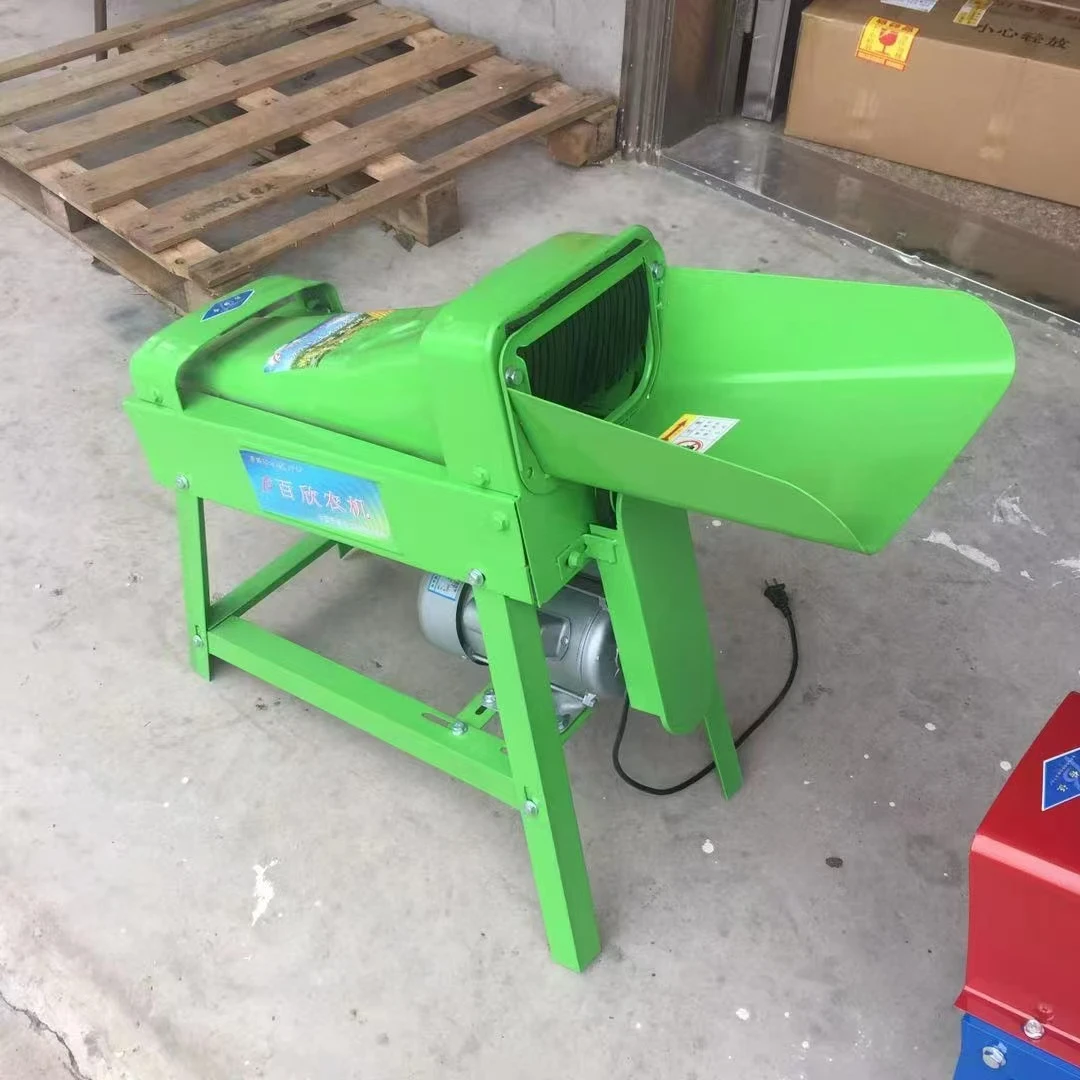 Small Agricultural Processing Machines: Corn Threshers, Cassava Chippers, Grain Peelers & Chaff CuttersJul-28-2025Small Agricultural Processing Machines: Corn Threshers, Cassava Chippers, Grain Peelers & Chaff Cutters
Small Agricultural Processing Machines: Corn Threshers, Cassava Chippers, Grain Peelers & Chaff CuttersJul-28-2025Small Agricultural Processing Machines: Corn Threshers, Cassava Chippers, Grain Peelers & Chaff Cutters




